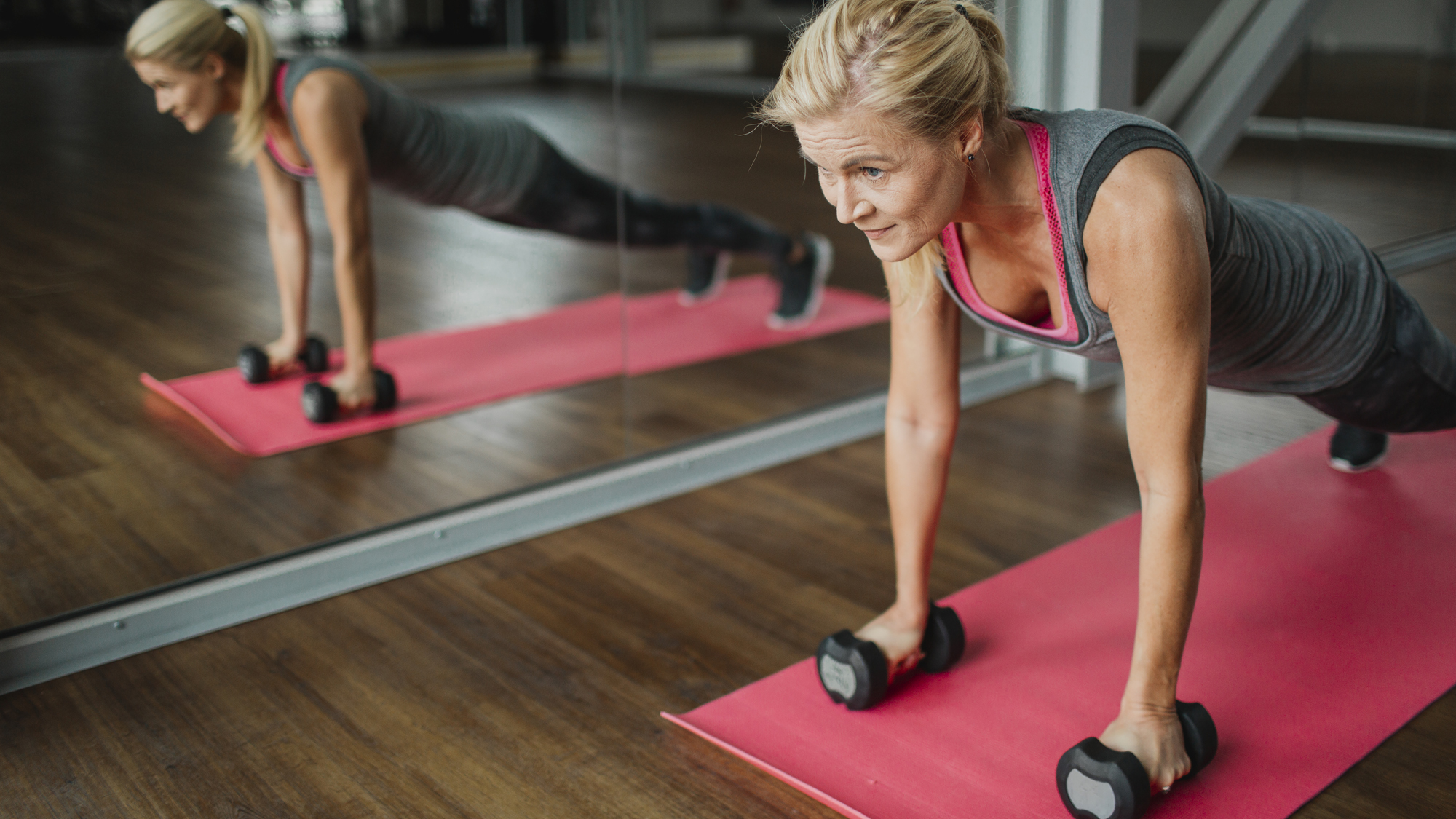Stronger muscles could be the key to preventing type 2 diabetes, here's how
Exercise increases the levels of protective chemicals and improves how your body processes sugars


There's overwhelming evidence that exercise protects our hearts, keeps us moving, and makes us feel good. It's why physical activity plays such an important role in keeping us healthier for longer.
But what's going on inside our bodies is just as crucial. Keeping a balanced, healthy diet is essential, and it's worth topping up your Omega-3 levels with the best fish oil supplements too.
Although most wellbeing advice breaks fitness and nutrition into two separate topics, new research has found that they are far more interconnected than we'd previously believed.
In a recent study published in Science Advances, scientists discovered that exercising increases the production of certain chemicals, which can slow the effects of aging and protect against type 2 diabetes.
Many aging-related health issues are linked to physical inactivity, which is why the team wanted to explore precisely how staying active protects against these effects.
Of particular interest was how your muscles adapt to exercise. When you eat carbohydrate-based foods, your body breaks this down into sugar. Some of this is turned into glycogen and stored in your muscles.
When you need to move rapidly or train hard, your muscles burn the glycogen for quick-release energy. Exercise improves the efficiency of this process, but diabetes has the opposite effect.
Start your week with achievable workout ideas, health tips and wellbeing advice in your inbox.

Insulin resistance makes it harder for people with type 2 diabetes to move sugar from the blood to cells and muscles. The condition is linked to inactivity and obesity, but the exact mechanism isn't understood.
The team found that after exercising, your body produces an enzyme called NOX 4. This, in turn, leads to increased reactive oxygen species (ROS), chemicals that influence insulin resistance.
According to Professor Tiganis, one of the authors, "In this study, we have shown... that skeletal muscle NOX 4 abundance is decreased with aging and that this leads to a reduction in insulin sensitivity."
This builds on previous research, which found that exercise-induced ROS had beneficial effects, while other methods could even contribute to insulin resistance and type 2 diabetes.
Our understanding of how muscles store sugars has led performance athletes to take on the Sleep Low-Train Low carb-cycling method to train their bodies to burn fat rather than sugar for endurance exercise.
But when you need explosive energy, your muscles still need to be able to burn sugar. So, instead of cutting carbs, the plan advocates adjusting when you eat them to get the best effect.
Whether you're getting on board with Sleep Low-Train Low or want to keep tabs on your wellbeing, it's worth investing in one of the best fitness watches.
These wrist-worn gadgets track your workouts, monitor your sleep, and many come with extra features like stress analysis, built-in GPS for route tracking, and waterproofing so you can take them swimming.

James is a London-based journalist and Fitness Editor at Fit&Well. He has over five years experience in fitness tech, including time spent as the Buyer’s Guide Editor and Staff Writer at technology publication MakeUseOf. In 2014 he was diagnosed with a chronic health condition, which spurred his interest in health, fitness, and lifestyle management.
In the years since, he has become a devoted meditator, experimented with workout styles and exercises, and used various gadgets to monitor his health. In recent times, James has been absorbed by the intersection between mental health, fitness, sustainability, and environmentalism. When not concerning himself with health and technology, James can be found excitedly checking out each week’s New Music Friday releases.